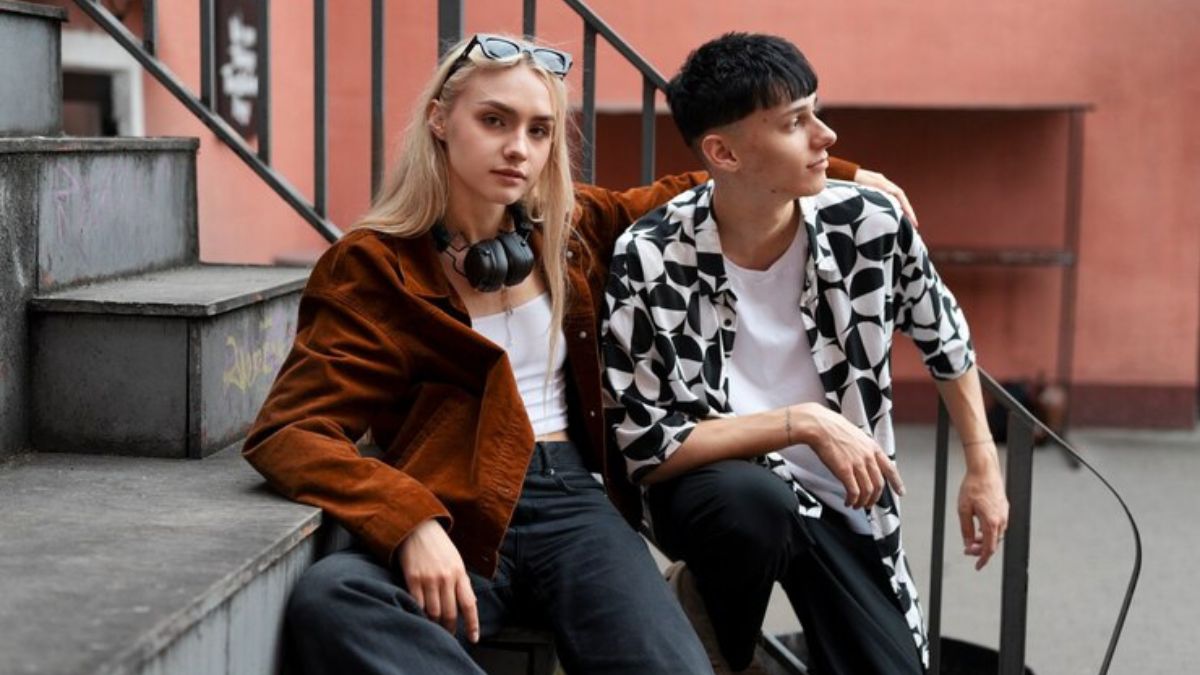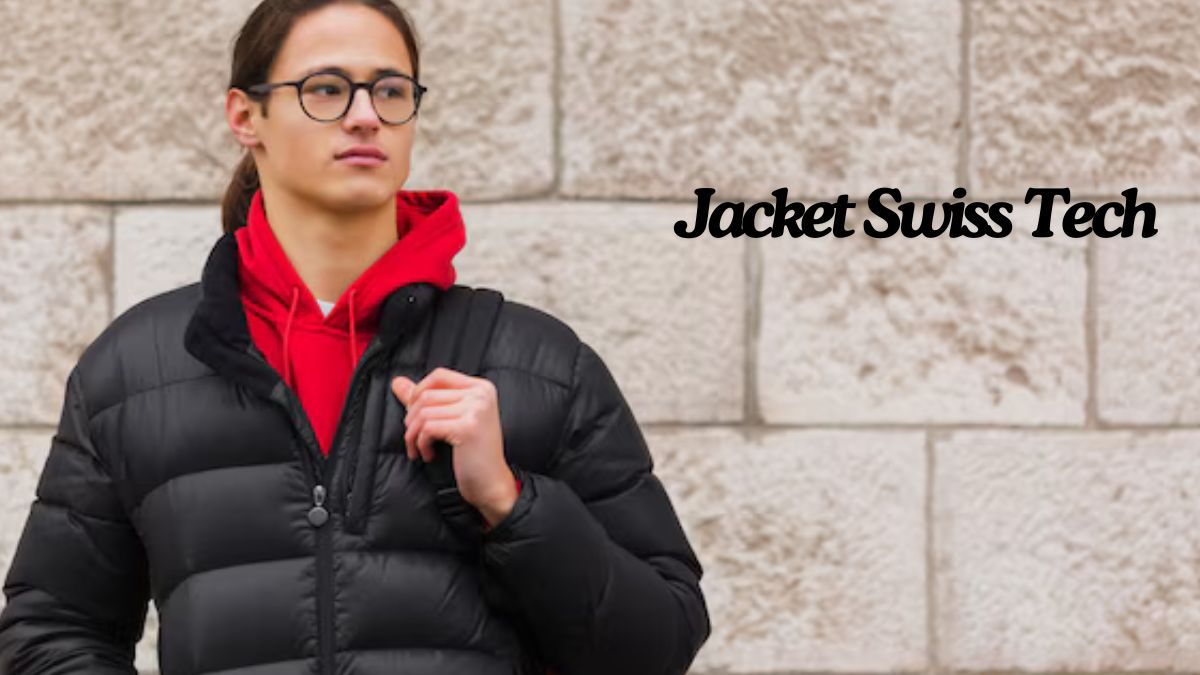Have you thought about why some people prefer streetwear as their primary fashion sense? Streetwear fashion originated from urban environments. It included casual, comfortable clothing which had influences from hip-hop, skateboarding, and other subcultures. It began in the late 20th century and soon became famous for expressing individuality with creativity. This fashion focuses on comfort and practicality which is shown in oversized silhouettes, graphic tees, hoodies, sneakers, and baseball caps.
Streetwear is very popular in high fashion today because of its appeal and cultural significance. So, in this article, let us understand how it grew from its rebellious roots right up to becoming a global sensation.
The Birth of Streetwear
Let’s follow its origins back to the 1980s and early 1990s when it was originally in the skateboarding and hip-hop communities of Los Angeles and New York City. Brands like Stüssy and Supreme started off as grassroots movements. However, it started paying attention to the needs of a subculture that cherished individuality and authenticity. They knew how to mix elements from surf culture, punk rock, and hip-hop which developed a style that was rebellious and expressive.
Shawn Stussy was the founder of Stüssy. The company began as a surf brand but soon transitioned into streetwear by bringing graffiti-inspired designs and bold logos. In the same way, Supreme was founded by James Jebbia in 1994. Supreme also was a skate shop but quickly gained a reputation for its limited-edition releases and collaborations with artists and designers. These were brands that made people recognize streetwear. It combined characteristics like casual comfort, bold graphics, along with a do-it-yourself ethos.
The Rise of Streetwear Culture
Streetwear became known in urban culture by the late 1990s and early 2000s. This era witnessed the rise of influential figures such as Pharrell Williams and Kanye West. They used their platforms to promote and popularize streetwear aesthetics. It also got added to hip-hop culture while it focused on self-expression and status symbols. People viewed it as a form of identity and prestige. Artists and athletes sported brands like BAPE (A Bathing Ape) and Off-White which fuelled its visibility more.
The early 2000s also showed us how streetwear crossovered into the mainstream. Many collaborations between streetwear brands and high-end designers became more common. Remember the partnership between Supreme and Louis Vuitton in 2017? It was a revolutionary moment that combined high fashion with the casual edge of streetwear. This hinted towards a new generation of integration and acceptance.
The High Fashion Revolution
Streetwear’s influence also improved in its appeal among high fashion’s elite. Luxury houses started adopting and adapting streetwear elements and created a fusion of high couture and urban cool. Virgil Abloh was a designer who founded Off-White. He contributed importantly enough to this transition. His work brought a new vocabulary of style that connected with global audiences.
Abloh’s appointment as the Artistic Director of Louis Vuitton’s Men’s Wear in 2018 was a turning point for streetwear. His designs were about deconstructed silhouettes and bold typography. But it also included industrial aesthetics which began showing how streetwear could coexist with high fashion’s refined sensibilities. Integrating this successfully made way for other designers to explore similar paths that accepted streetwear in luxury fashion circles.
The Digital Age and Streetwear’s Global Impact
Streetwear began expanding globally when social media and digital platforms started rising. Instagram, TikTok, and Reddit are platforms that have allowed streetwear enthusiasts to connect, share, and influence trends across borders. Existing influencers and celebrities who sported the latest drops have accelerated its reach and made it a worldwide phenomenon.
Carefully planned events such as drops and collaborations generate a lot of buzz and sell out within minutes. This strategy not only maintains the significance of streetwear but also creates a sense of community and urgency among its followers.
Branding with Business Cards
Streetwear brands use template for business cards to create their own recognition. Developing templates for business card designs makes streetwear brands quite stylish to the audience. These business cards define brand aesthetics and brand identity once they are created. They help exchange contact information quickly during networking events, meetings, or casual encounters to build and maintain relationships within the industry.
Ethical Practices
The shift towards sustainability is becoming increasingly evident as streetwear continues to grow. Many emerging and established brands prioritize the use of eco-friendly materials and champion fair labor practices. A conscientious generation of consumers demands transparency with responsibility from the fashion industry which drives this transformation. Brands that have included these values in their business models are experiencing a positive response from their audience while setting new standards for the industry at large.
Looking into the Future
Streetwear continues to evolve and does not show us any signs of slowing down. More designers want to experiment with this hybrid approach by blurring it with high fashion. An increase in sustainable and ethical fashion also presents new opportunities for streetwear to innovate and lead in these areas. Its influential shift in the fashion industry reflects diversity along with being creative and authentic. Its story tells us that cultural movements can shape industries and redefine styling standards. The disruptive energy also pushes luxury brands like Gap to adopt a more inclusive approach.
In conclusion, we can just say that streetwear not only influences high fashion but also becomes the main driving force in reshaping fashion trends that are contemporary. Brands like D’amour prove that adaptability and forward-thinking are the foundations for streetwear. They ensure that it does not just lead to fashion innovation but remains equally relevant in culture. But one thing is clear as it continues to evolve: streetwear is here to stay and its impact will only get stronger with time.











